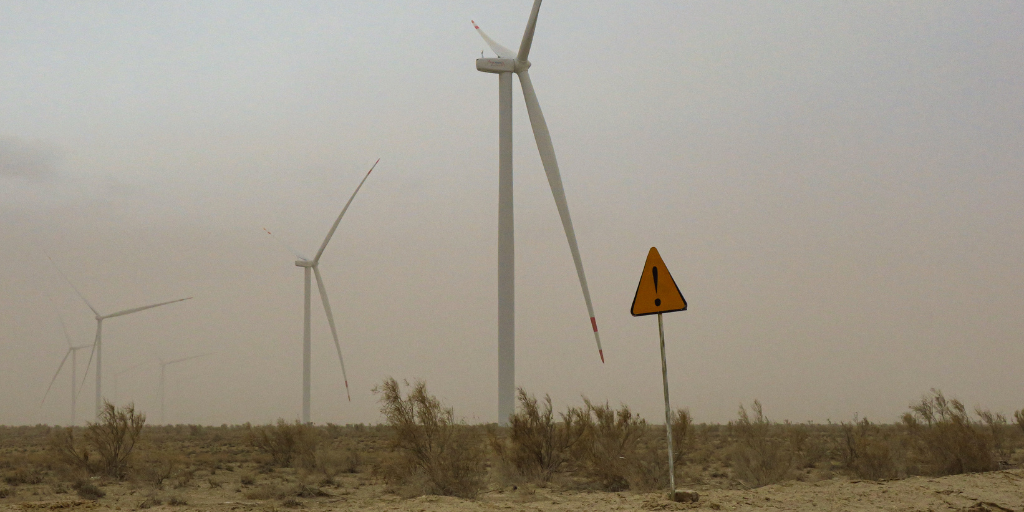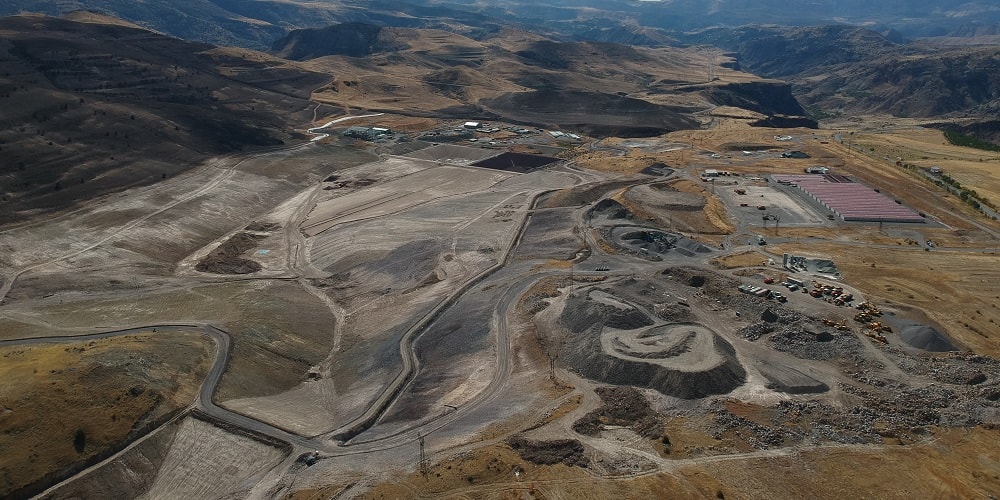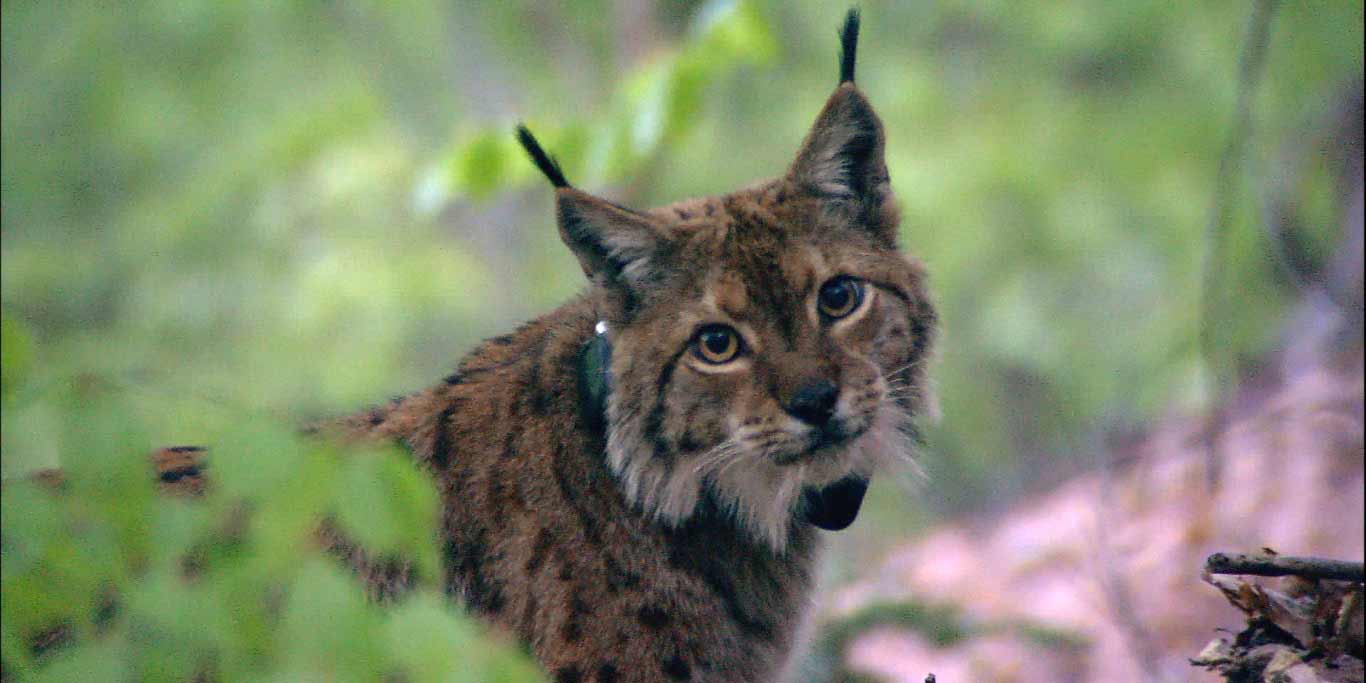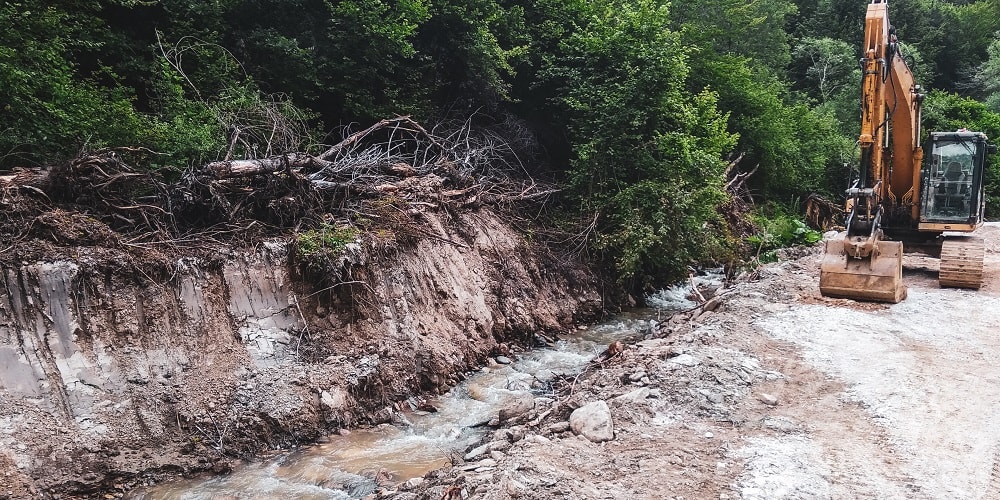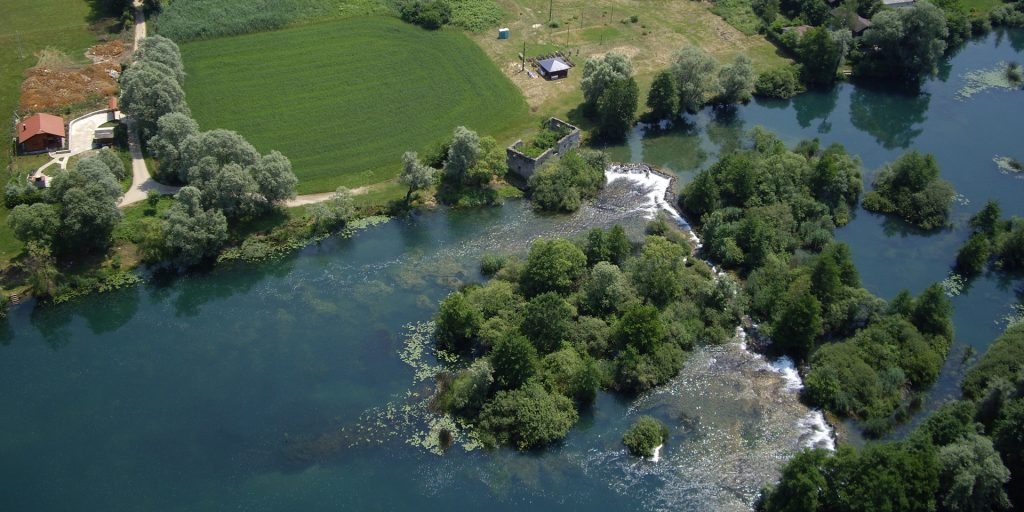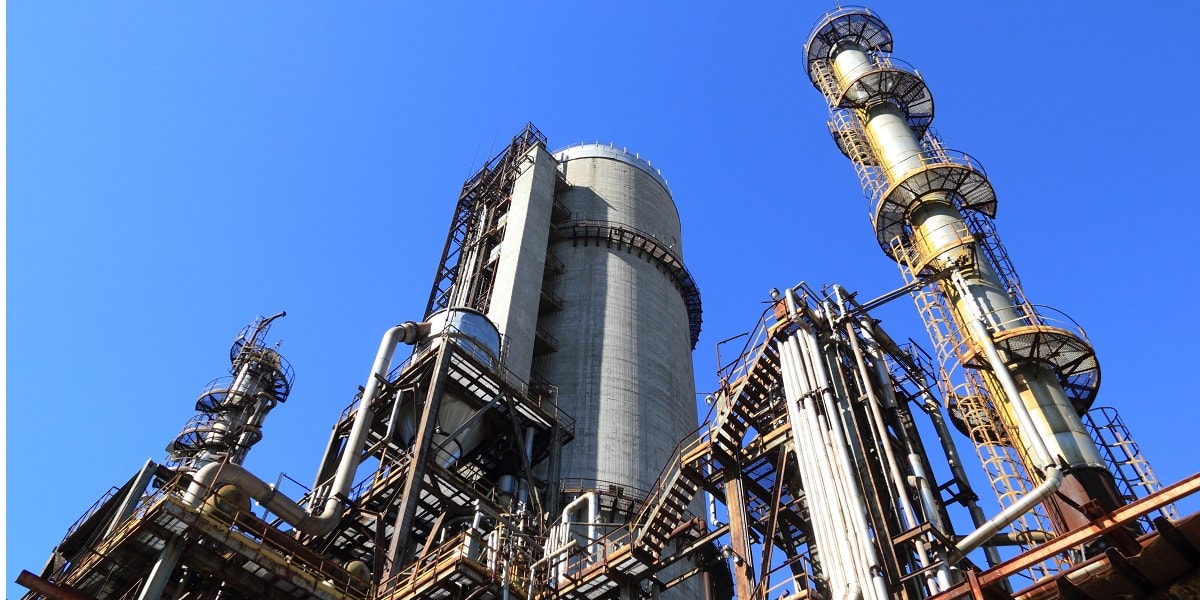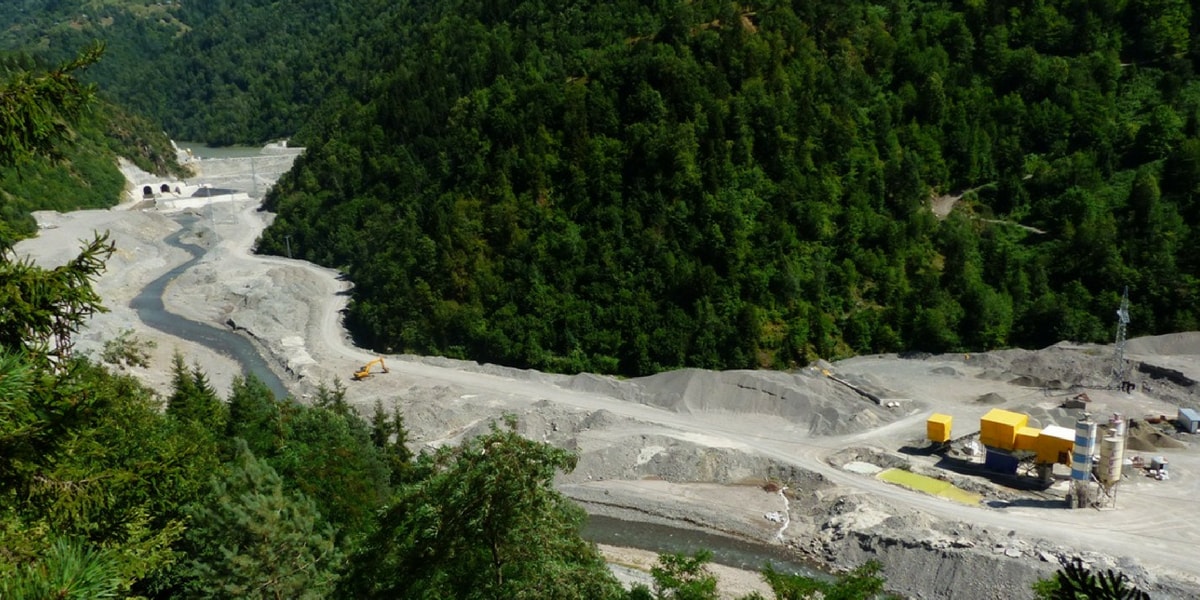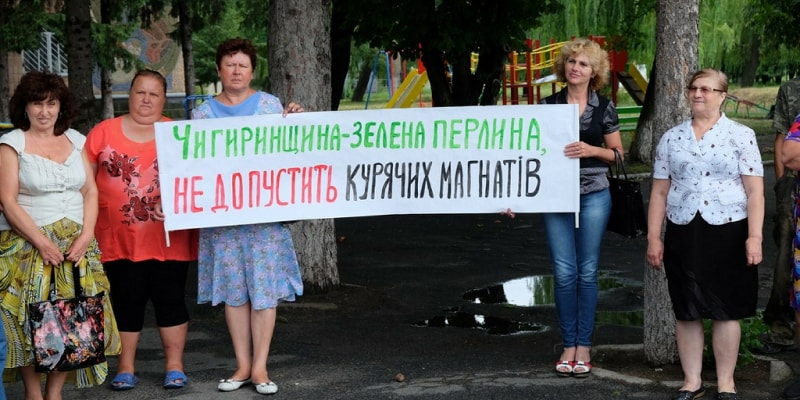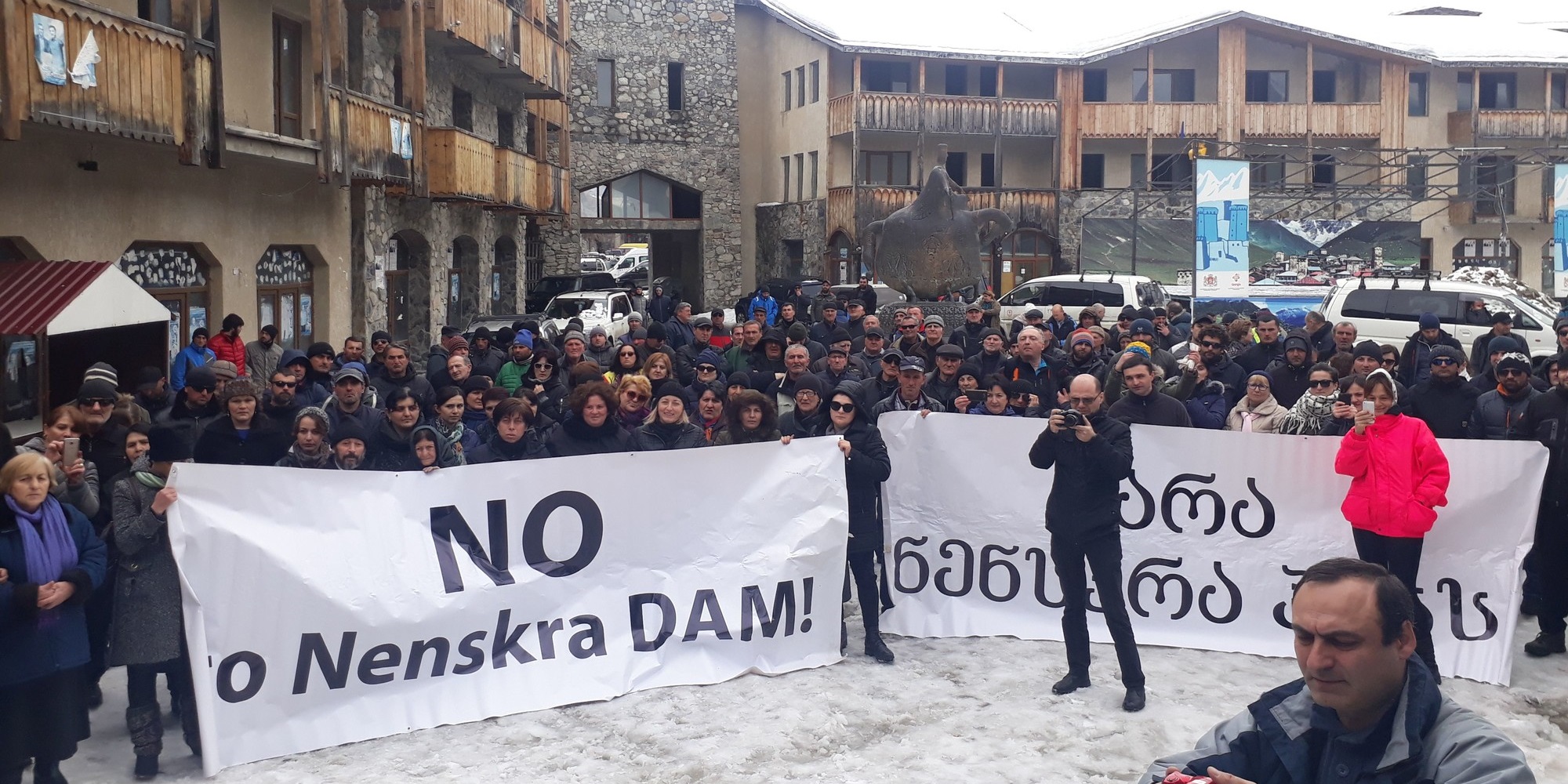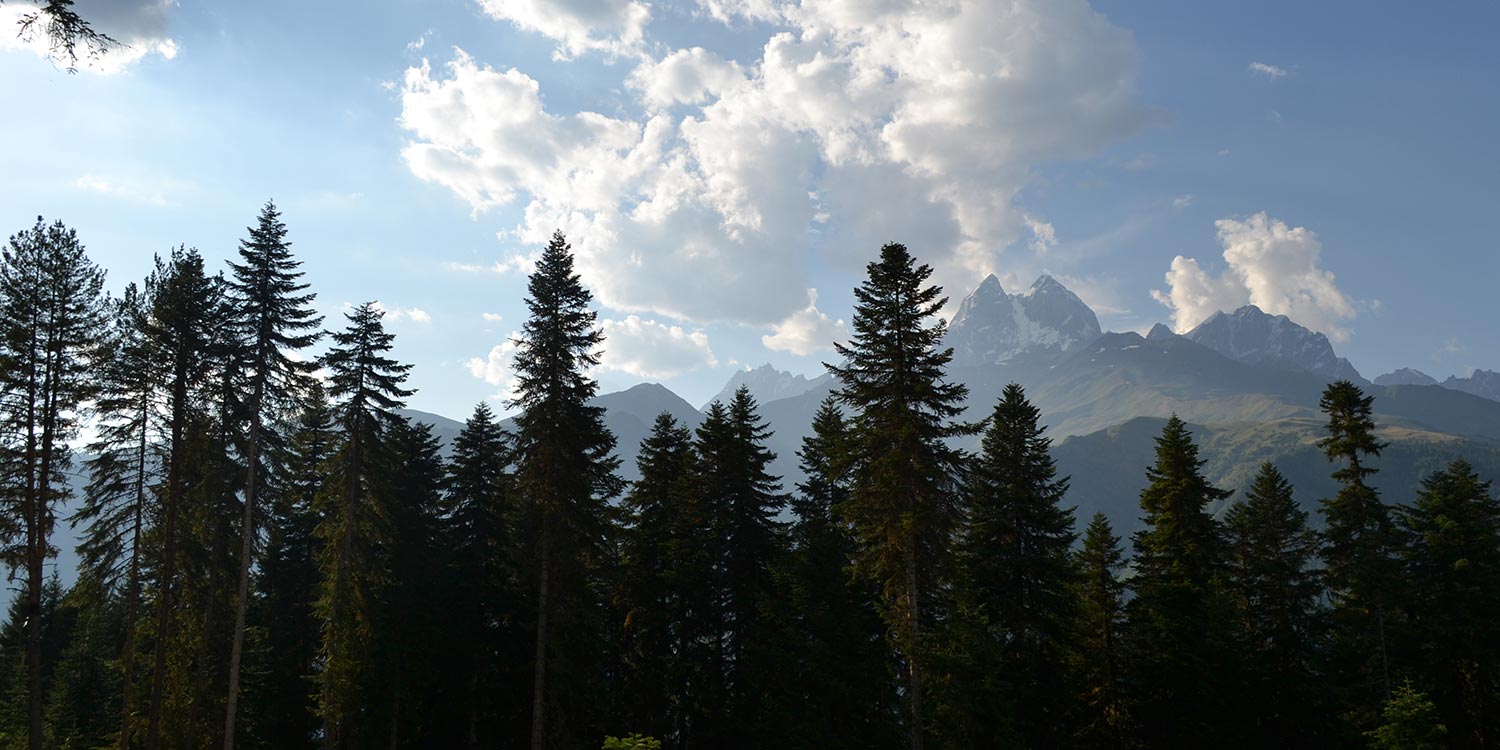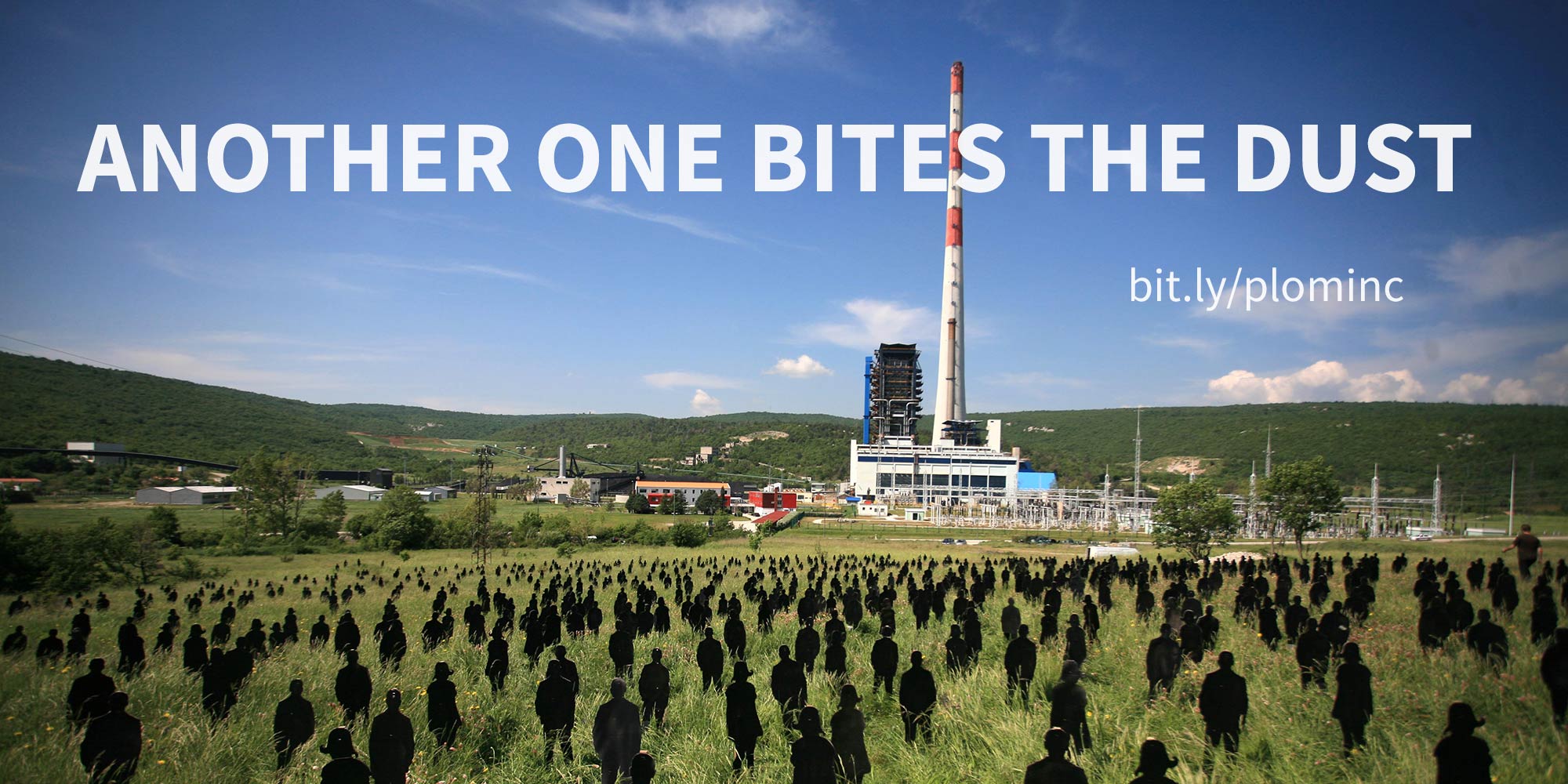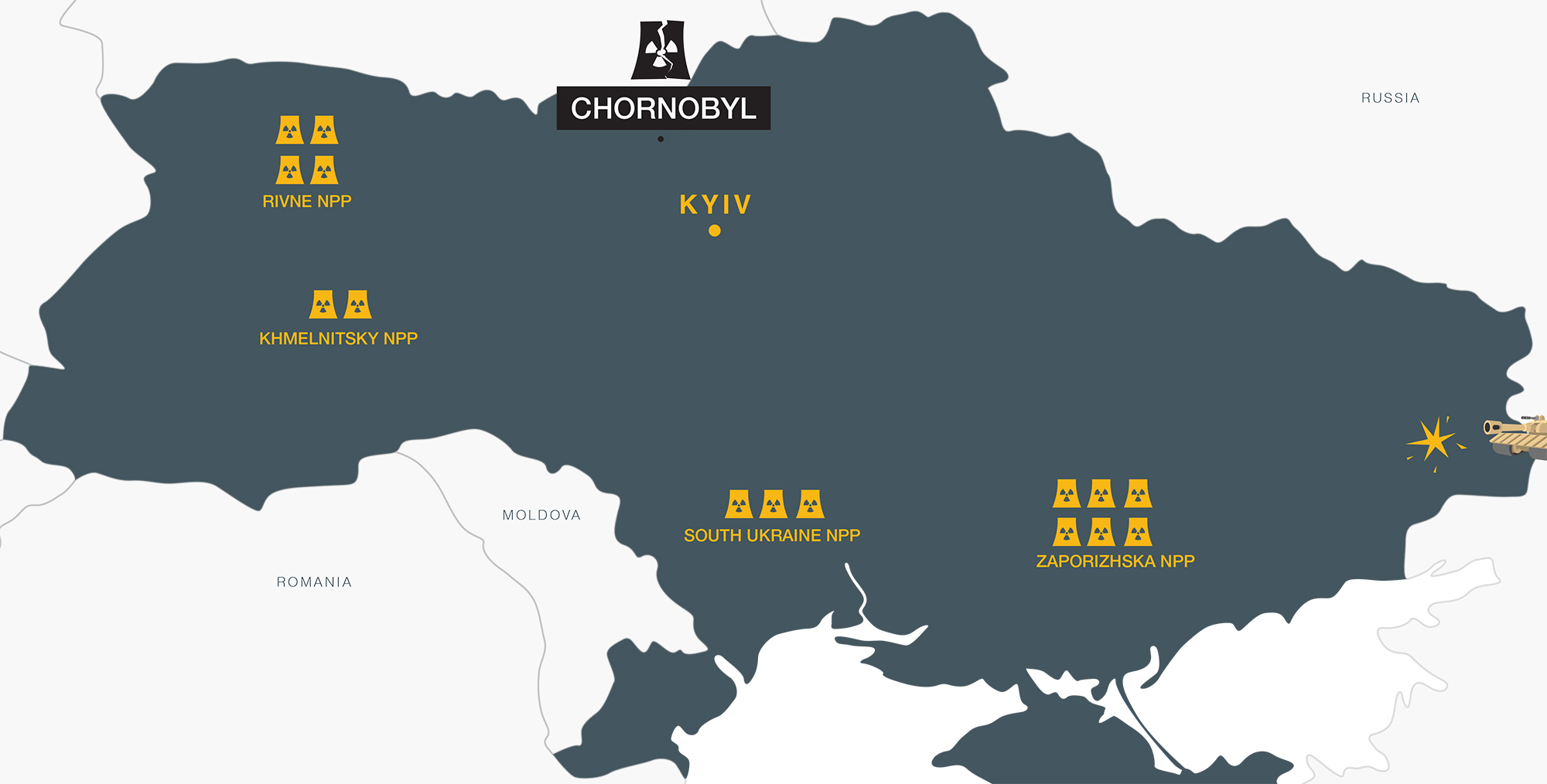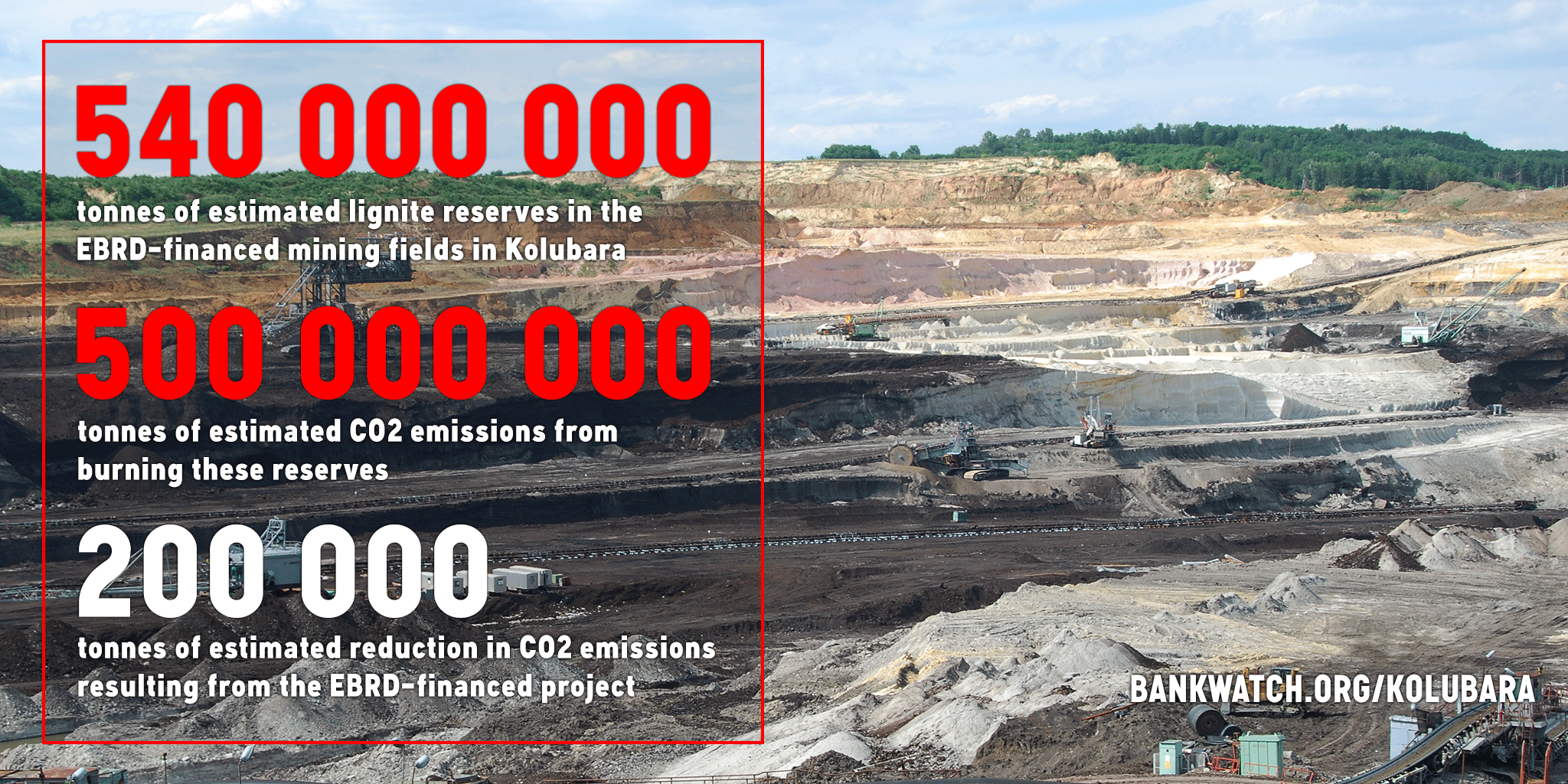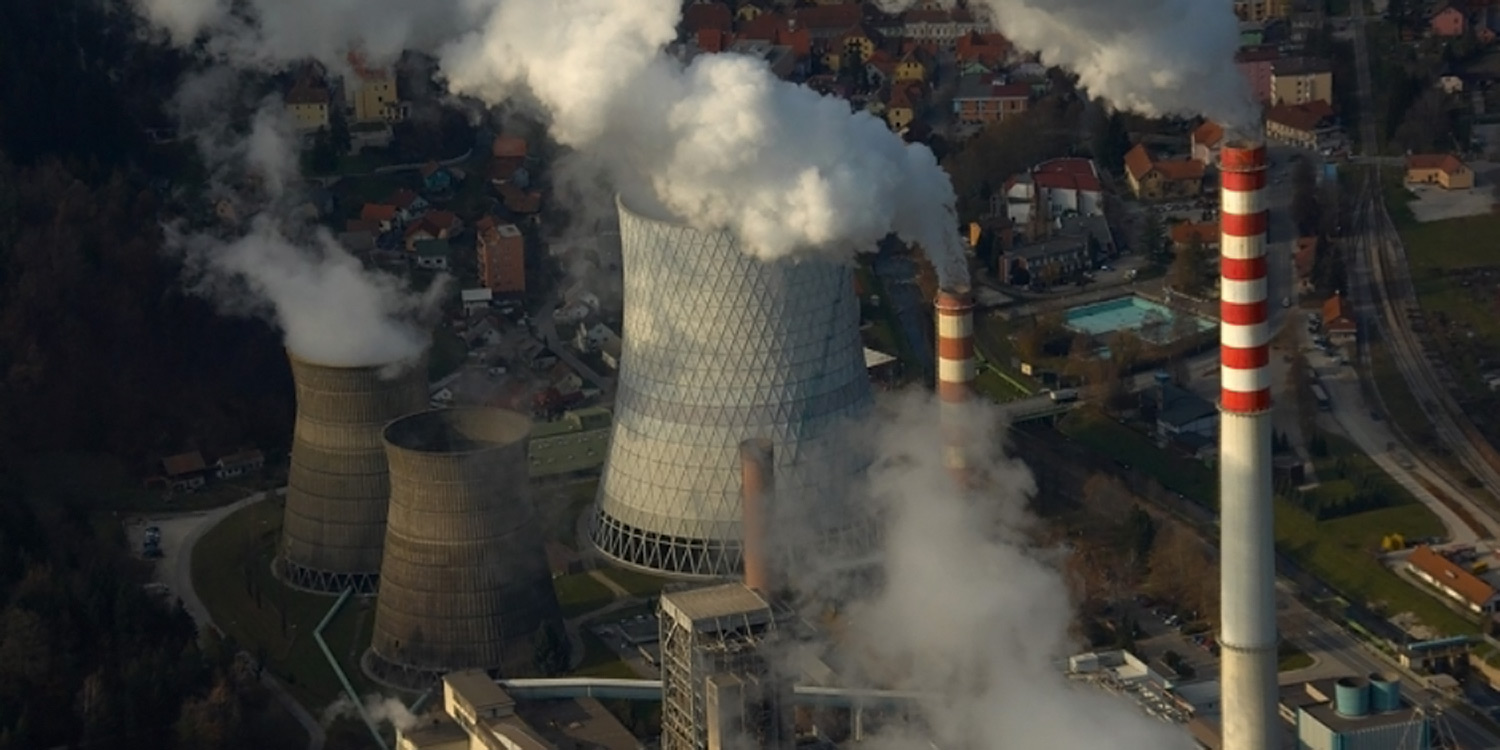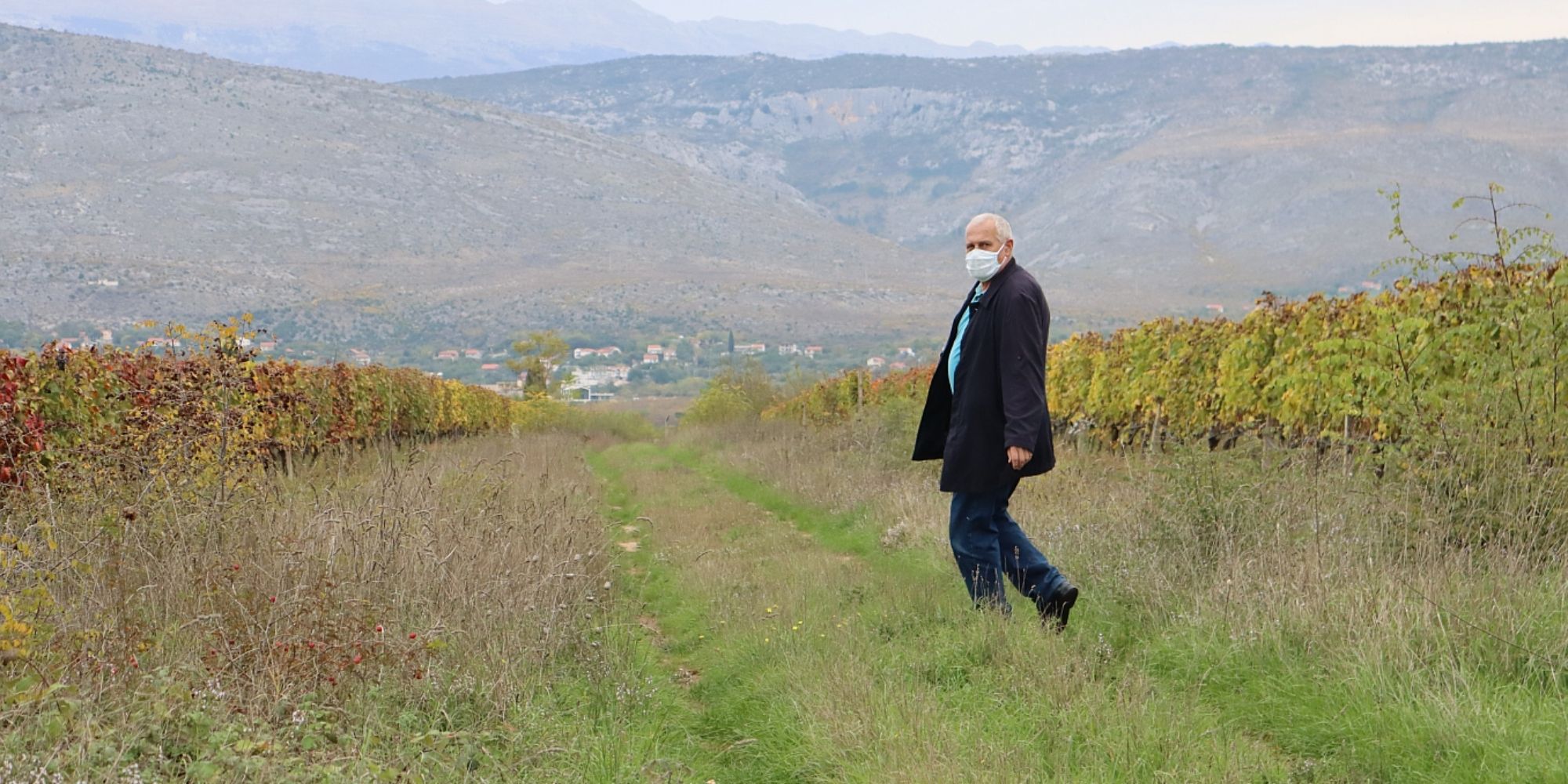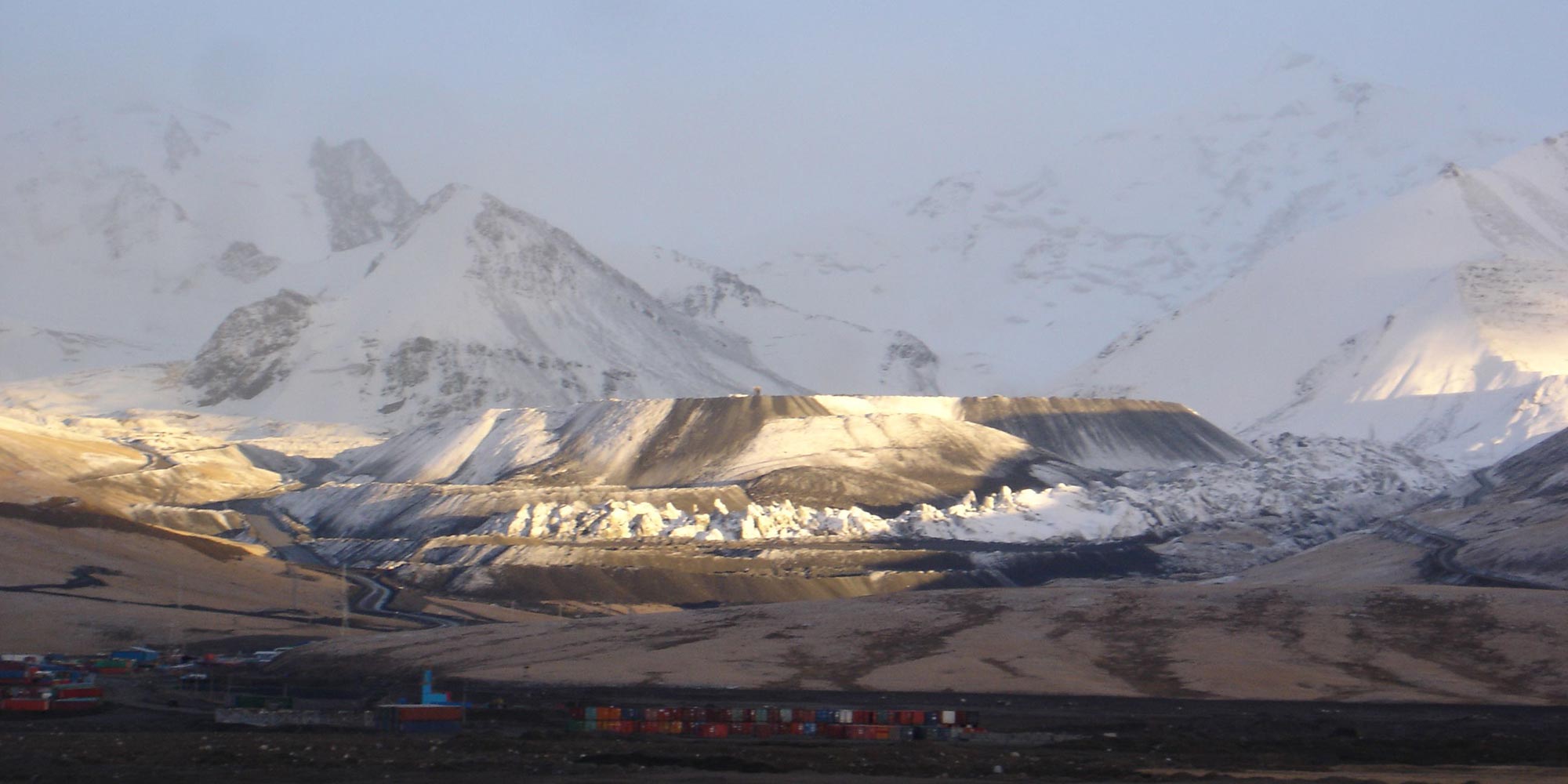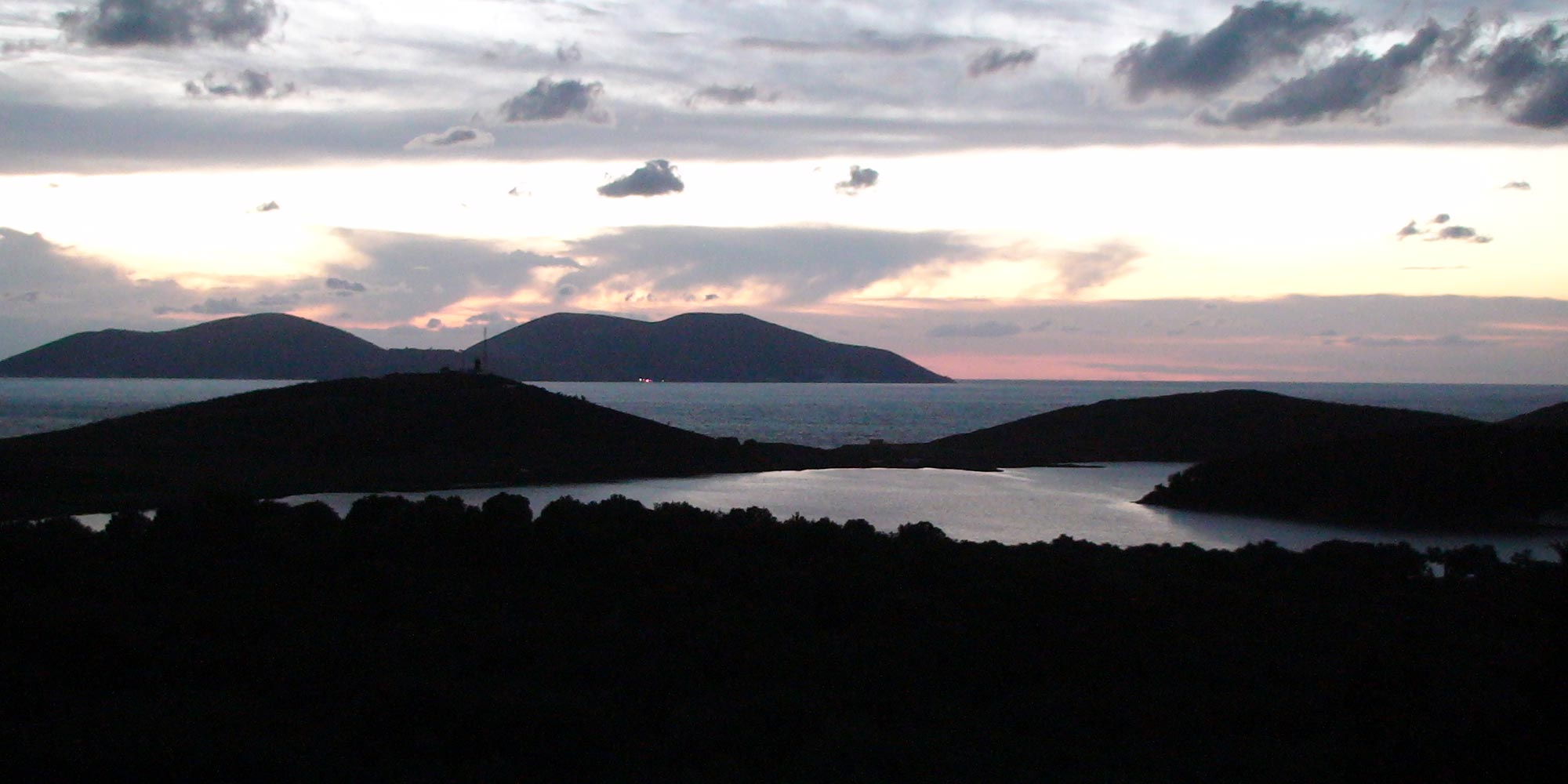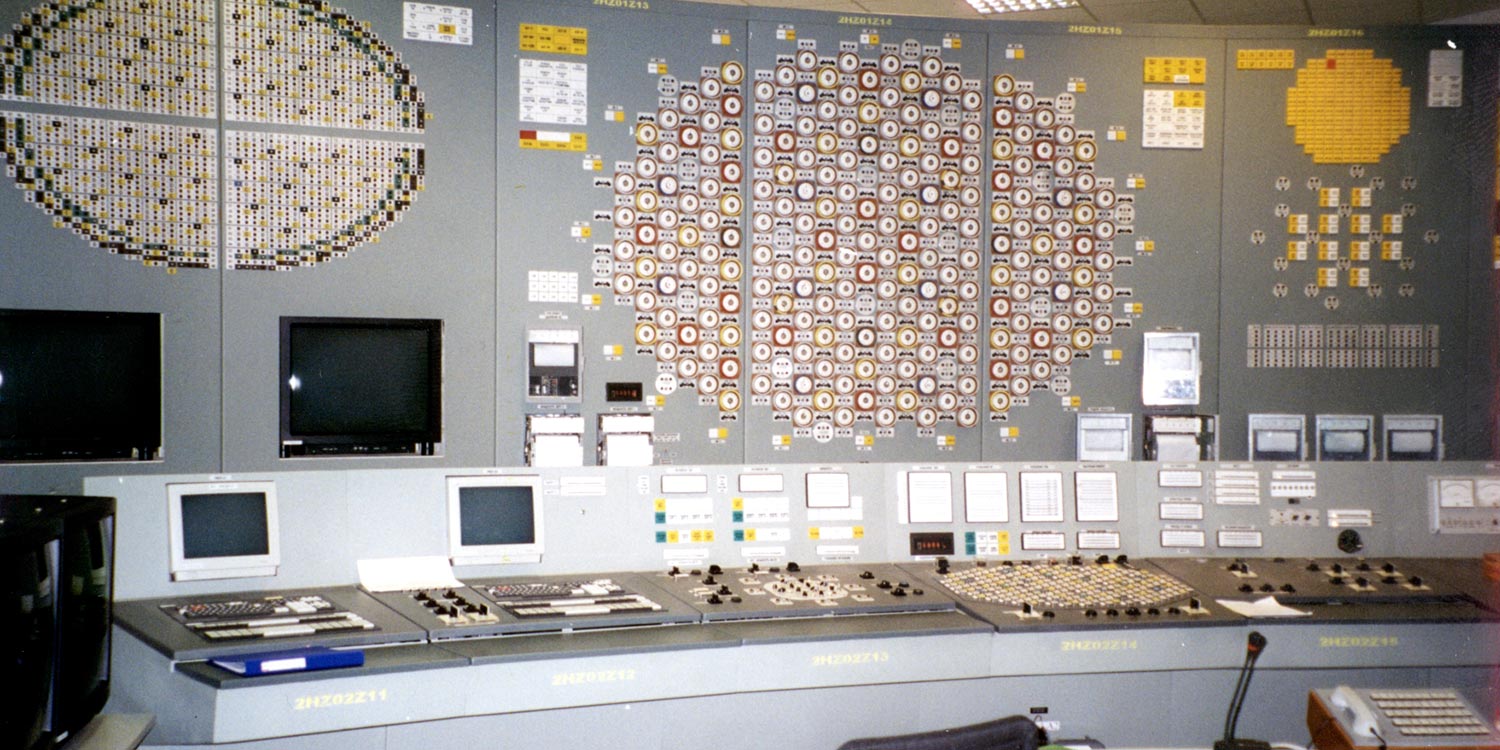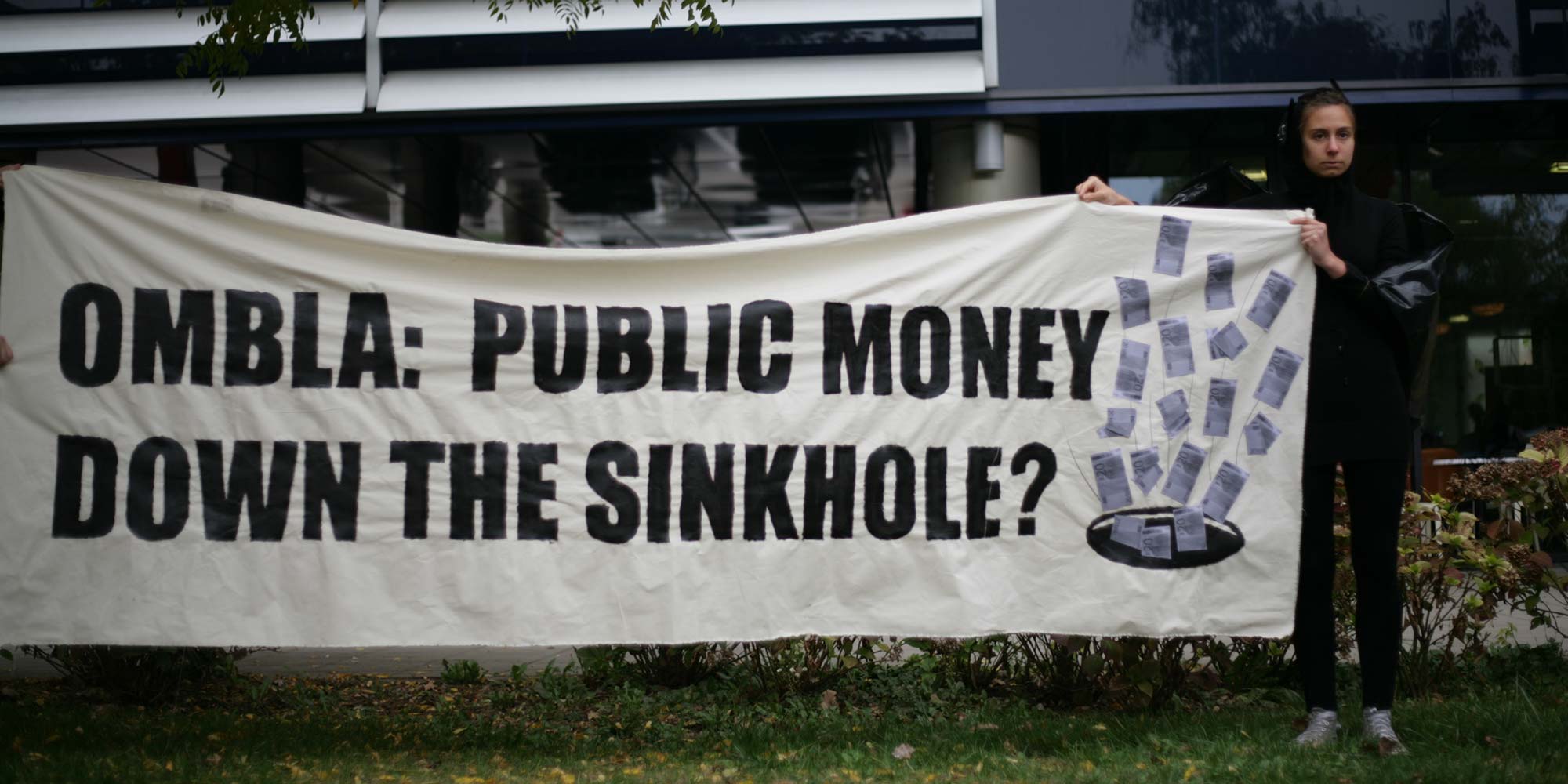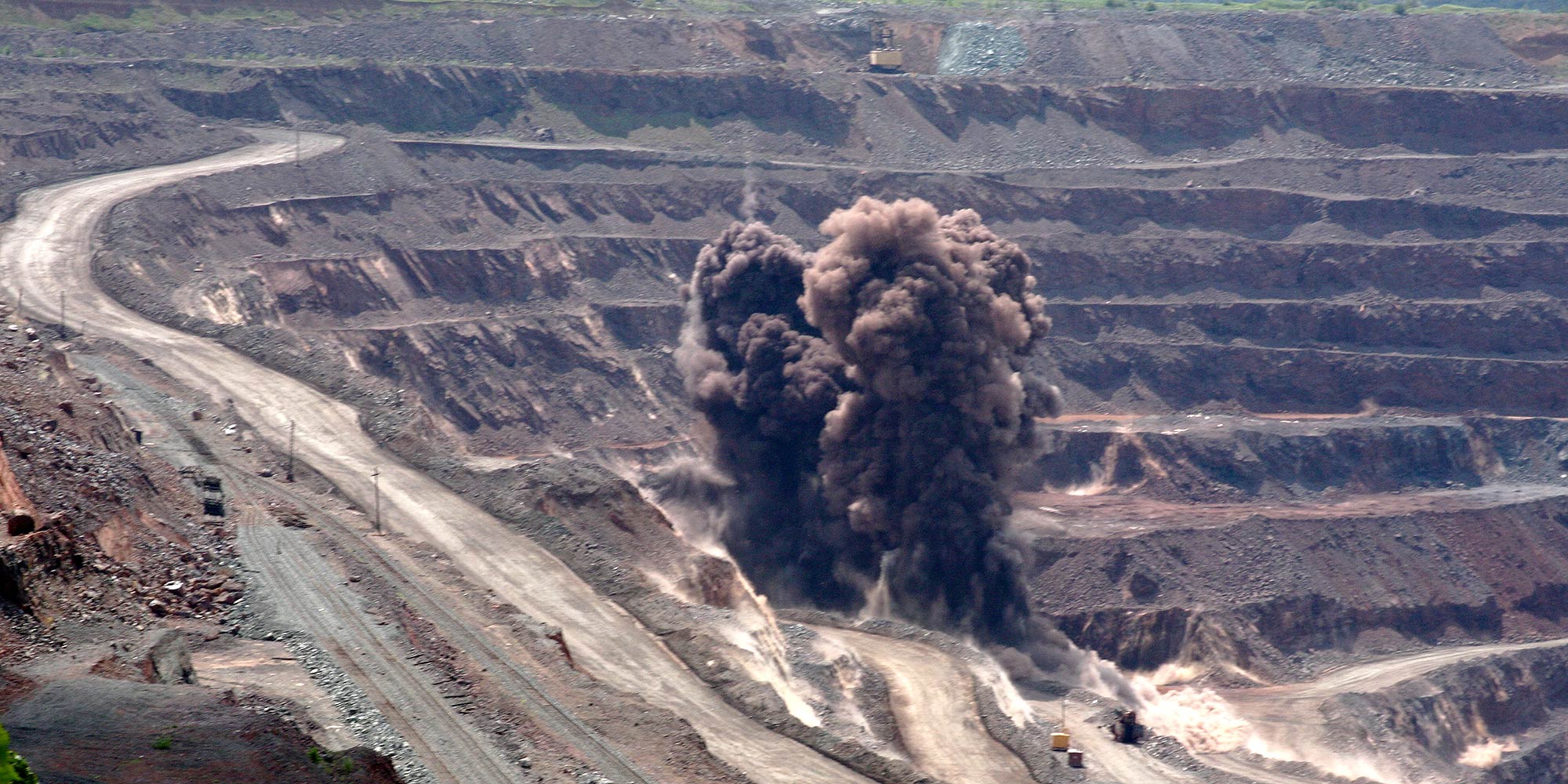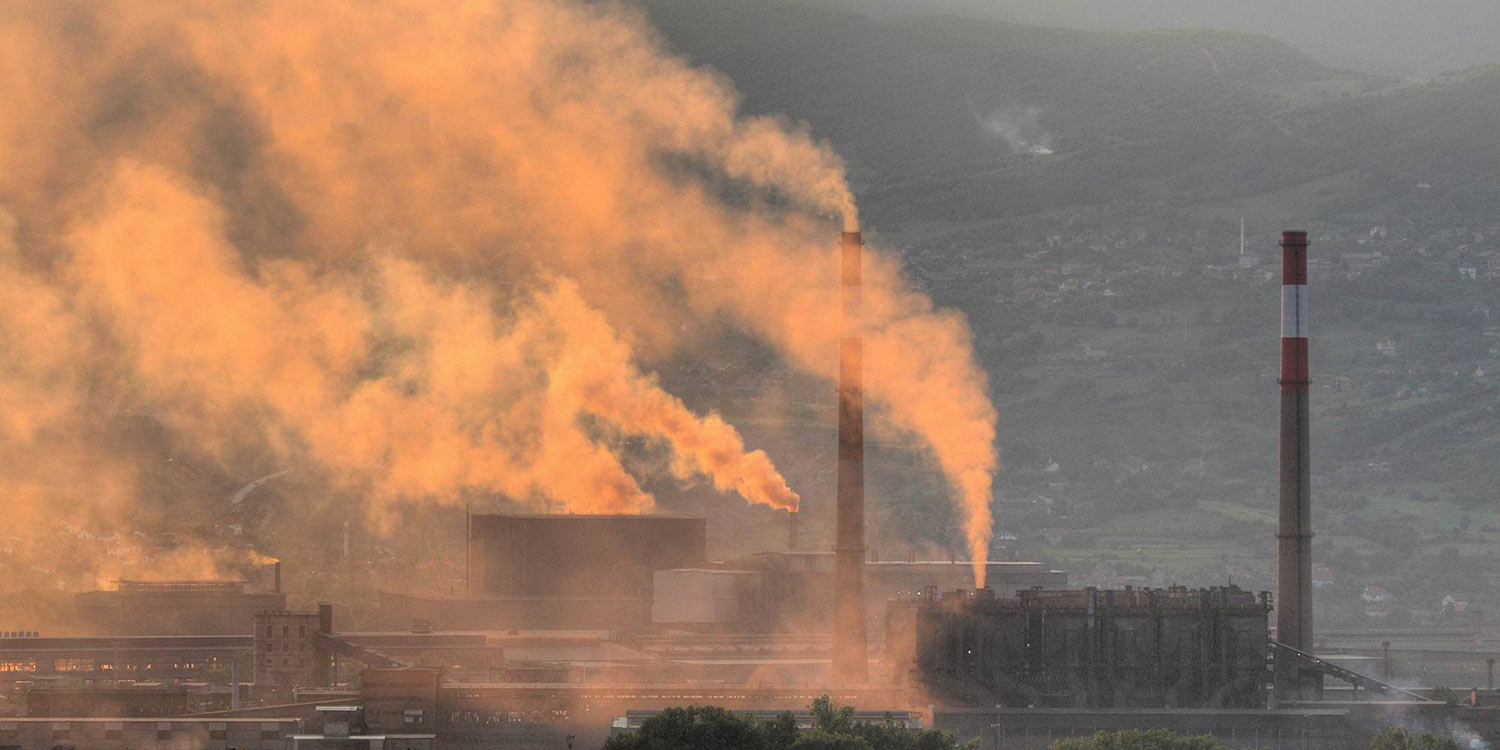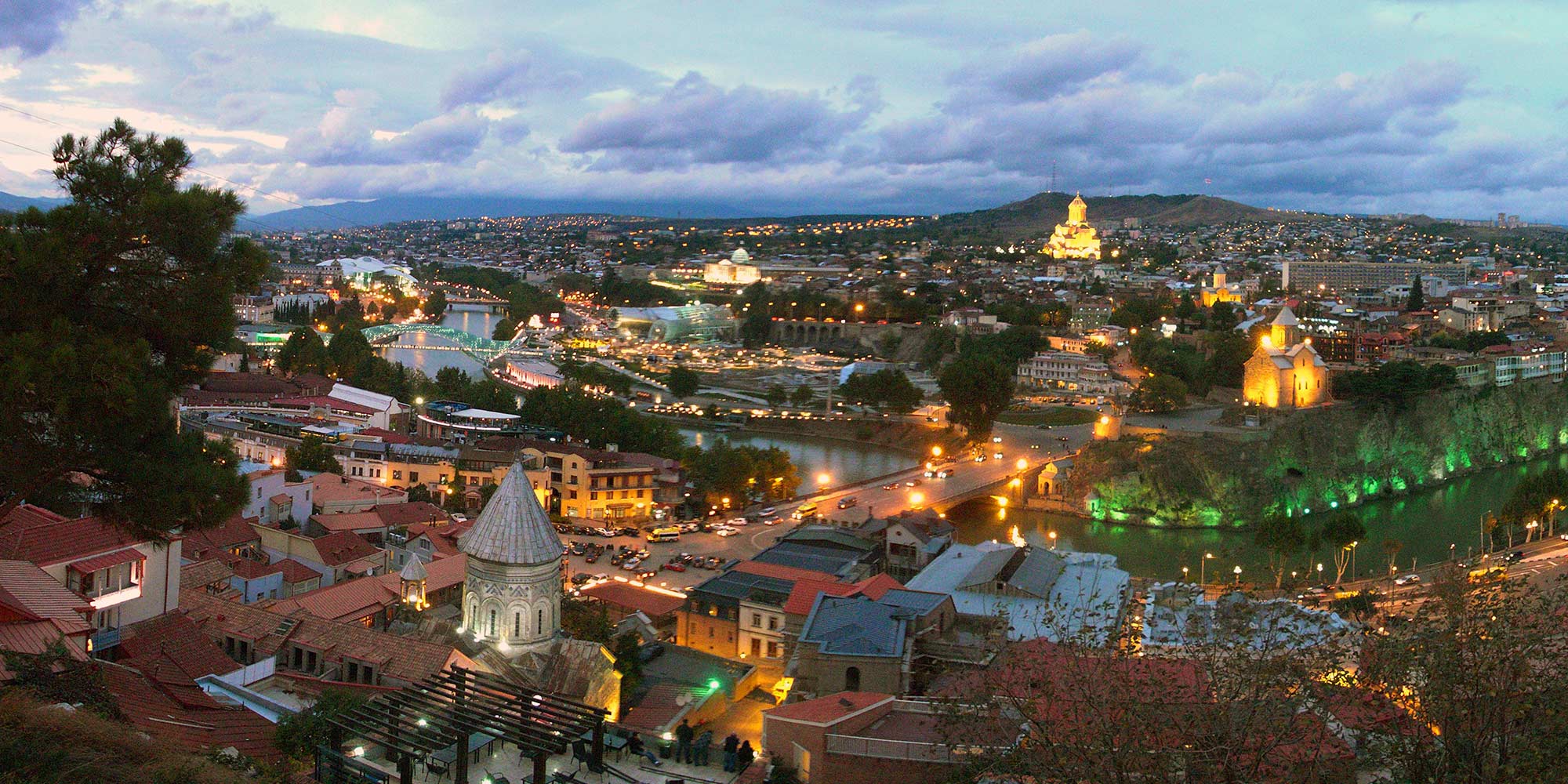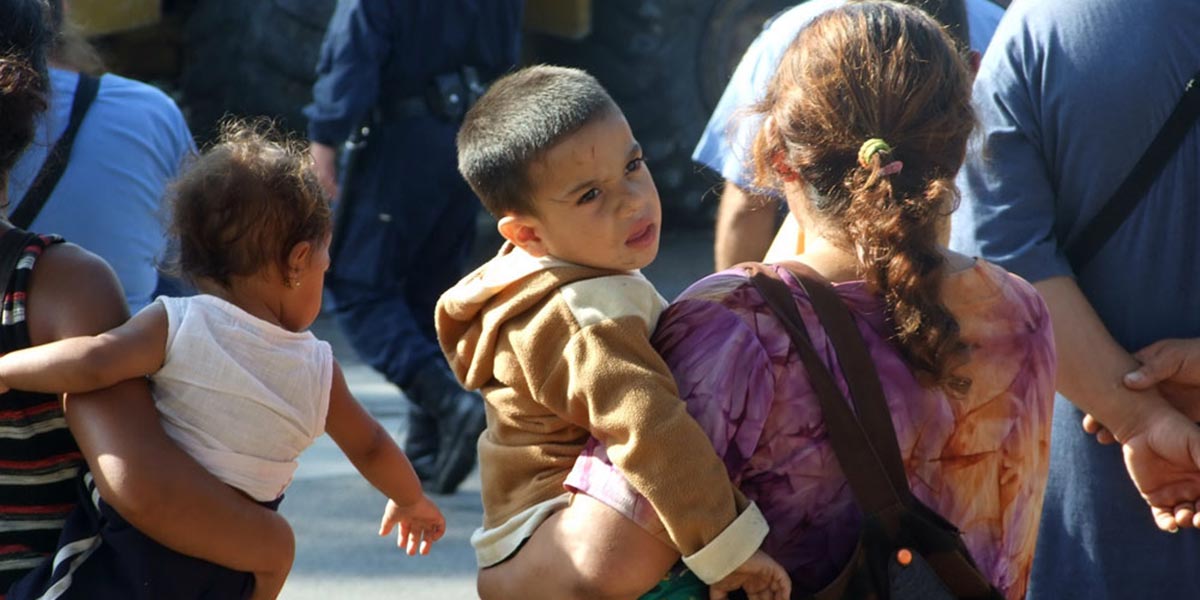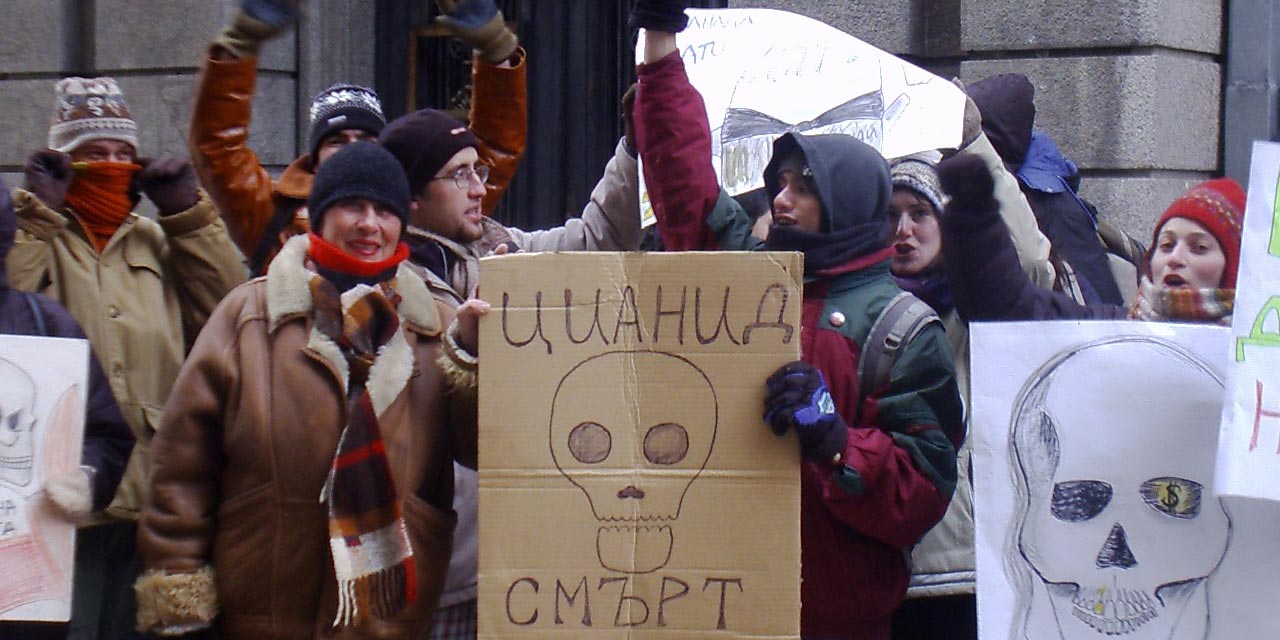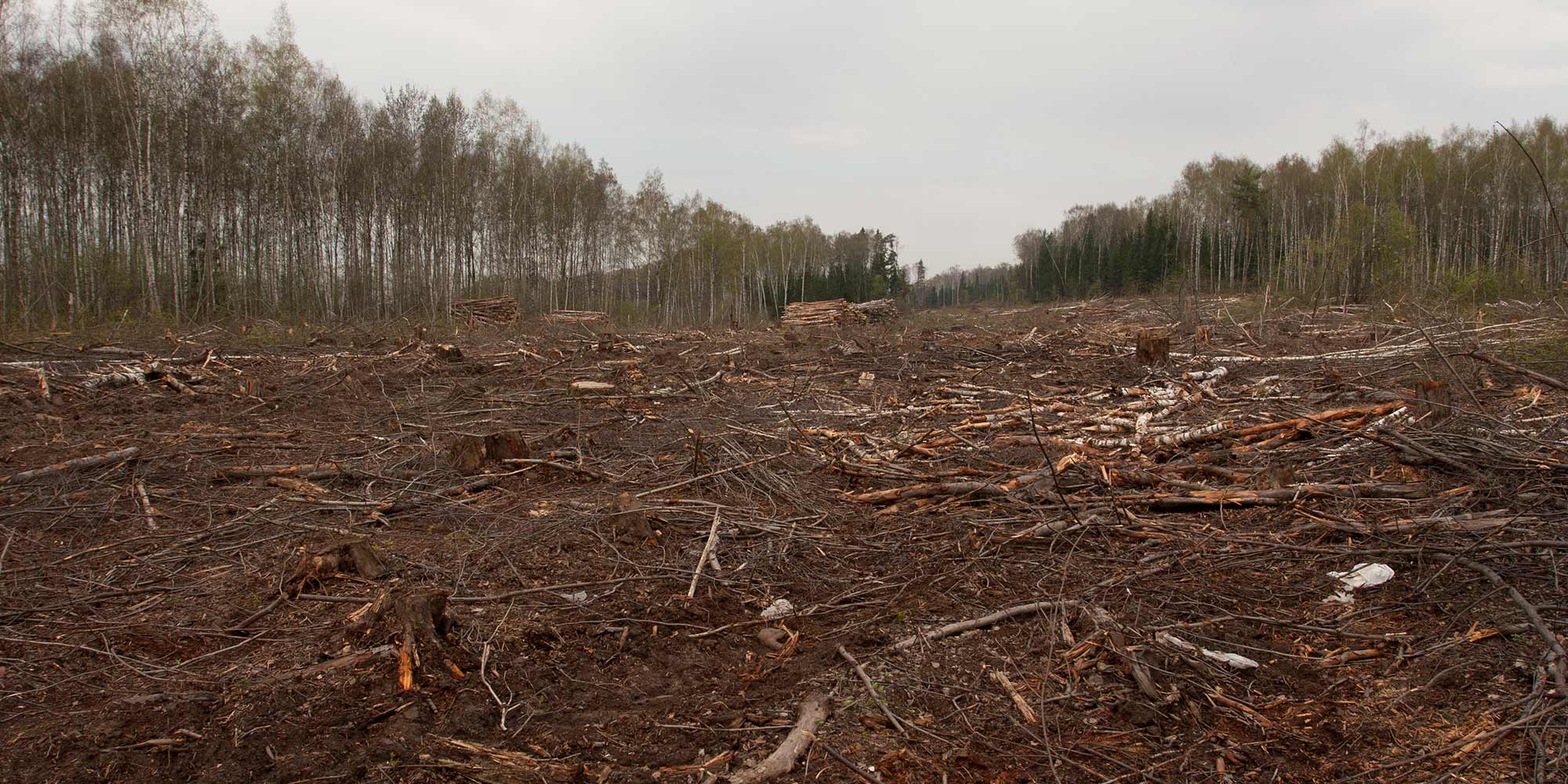Indorama Agro: Uzbekistan’s infamous cotton producer
Despite being Uzbekistan’s largest cotton producer and receiving millions in development loans from the European Bank for Reconstruction and Development (EBRD), the Asian Development Bank (ADB) and the International Finance Corporation (IFC) – institutions that promote modernisation and corporate responsibility – Indorama Agro faces multiple complaints of worker mistreatment and retaliation.
Zarafshan, Bash and Dzhankeldy wind projects, Uzbekistan
The first large wind projects in the Central Asian country are being built in biodiversity hotspots and hinder the declaration of protected areas. The IFC, EBRD and ADB need to ensure that some of the most problematic turbines are moved away.
The Khada Valley, Georgia
The Khada Valley in Georgia brings together exceptional biodiversity, precious cultural and archeological heritage, and mountainous villages which have preserved rich traditions and historical lifestyles. But all of this might vanish if a 23-kilometer road from Georgia to Russia – the Kvesheti-Kobi project – is built.
ARCHIVED: Minerals mining and supply chains
Global demand for minerals and other critical raw materials is intensified by the just transition to renewable energy and the digital transformation agenda. Therefore sustainable supply chains of minerals are fundamental to addressing the climate crisis and the Covid-19 crisis that humanity is facing today. The European Union needs to innovate and find solutions to achieve its circular economy and resource use reduction objectives and to meet the demand of EU’s industry and consumers, while still protecting communities and nature threatened by mining.
Amulsar gold mine, Armenia
Since 2016 the controversial Amulsar gold mine project is being developed by Armenia’s largest foreign investor, an international mining company Lydian, near the touristic spa town of Jermuk.
Boskov most hydropower plant, North Macedonia
Boskov Most was one of 18 hydropower greenfield projects planned by the North Macedonian government in the Mavrovo National Park. After five years of campaigning, we convinced the European Bank for Reconstruction and Development about the folly of this project and to cancel its EUR 65 million loan. Without its major source of funding, the project lost steam and was discontinued.
Krapska Reka small hydropower plant, Macedonia
Loopholes in the EBRD’s due diligence, together with a lack of assessment and monitoring by Macedonia’s local and central government, has proven to be a lethal combination for the country’s rivers. A prime example is the Krapska Reka small hydropower project. The authorities’ failure to recognise the location as part of the proposed Jakupica National Park, Emerald area and a future Natura 2000 site, on top of poor mitigation measures and construction practices, have caused irreversible damage to this small river valley.
Dabrova Dolina hydropower plant, Croatia
A harmless-sounding mill conversion project on Croatia’s stunning river Mrežnica is a textbook example of how even small hydropower plants can damage protected areas. It also exemplifies the lack of transparency and oversight of investments that the European Bank for Reconstruction and Development channelled through commercial bank intermediaries.
Belgrade incinerator public private partnership (PPP), Belgrade, Serbia
The planned Belgrade waste incinerator, financed by the EBRD, IFC and Austrian Development Bank (OeEB), is incompatible with waste prevention and recycling targets. The European Commission and EIB recognised this, and the EIB therefore refused to finance it. The project also endangers the already precarious livelihoods of up to 12,000 people waste-picking in the city.
EBRD / EIB energy policy review
The European Investment Bank and the European Bank for Reconstruction and Development are both reviewing their energy sector lending policies. This is an opportunity to live up to their potential by combating climate change and promoting a sustainable future for all.
Shuakhevi hydropower plant, Georgia
Georgia’s biggest and one of the most controversial hydropower plants is mostly famous for its failures. Two months after becoming operational in 2017 its tunnels collapsed. And after two years of repairs water is leaking from the dam. Shuakhevi hydropower plant (HPP) once promised to bring energy independence to Georgia. Instead it managed to collect an impressive ‘portfolio’ of problems in a wide range of areas: from biodiversity, to gender impacts, to community relations.
Myronivsky Hliboproduct (MHP), Ukraine
The leading Ukrainian agribusiness giant has been enjoying generous support in public funds and national subsidies. With over half a billion euros from the EBRD, EIB and the IFC, Myronivsky Hliboproduct PJSC (MHP) has grown into a near monopolist in poultry production. While MHP’s vertically integrated model has contributed to its status as a leading Ukrainian agribusiness, the scale and nature of its business have also contributed to mounting concerns about its social and environmental impacts. These concerns are compounded by patterns of poor community consultation and a lack of information provided about MHP’s operations, leaving project-affected people guessing about the true impacts of its operations.
ARCHIVED: Southern Gas Corridor
This system of mega-pipelines meant to bring gas from Azerbaijan to Europe, is unnecessary for Europe’s declining gas demand. But the billions in public investments will boost Azerbaijan’s dictatorial regime and cause upheaval for transit communities in Turkey, Greece, Albania and Italy.
Nenskra hydropower plant, Georgia
The Nenskra dam is the largest of Georgia’s massive plans for hydropower installations in the Upper Svaneti region. If realized, it will deprive the local indigenous communities of their ancestral lands and traditional livelihoods, and cause an irreversible damage to the fragile river and mountain ecosystems.
Hydropower development in Georgia
Georgia plans to build a huge number of dams. Yet with 85 percent of electricity needs satisfied and exports not being taxed, these plans will rather benefit private investors than offering sustainable development for Georgia.
Plomin coal power plant, Croatia
CANCELLED: after five years of campaigning, plans for Plomin C were dropped in 2016. Croatian plans to more than double the capacity of the Plomin coal power plant would have resulted in increased carbon-emissions for several decades. The project’s profitability was questionable and the plans were facing local opposition and conflicting regional legislation.
ARCHIVED: Zombie reactors in Ukraine
While the European Union is trying to help Ukraine’s political transition, Europe’s financial support is cementing the country’s dependence on an outdated and highly unsafe nuclear sector. To avoid further instability and political and environmental risks, European institutions need to offer better oversight and funding for alternative energy sources.
ARCHIVED: Mining boom in Mongolia
With huge amounts of unexploited natural resources (gold, copper, coal and more) the Mongolian economy is estimated to grow massively in the years to come. But will it also benefit the people in Mongolia? Our work shows how mining operations lead to pollution and displacement for local herders and exacerbate water scarcity issues.
Kolubara lignite mine, Serbia
ARCHIVED: Linked to a slew of controversies, the Kolubara lignite mine in Serbia will receive loans from European public banks. Corruption allegations, pollution at local level, irregularities in resettlement of local populations and not to forget a climate damaging approach to energy investments should be reason enough to find alternatives to lignite mining.
Sostanj lignite thermal power plant unit 6, Slovenia
In 2016 a new 600 MW unit at the Šoštanj lignite power plant (TEŠ6) started commercial operations. It has turned out to be a financial disaster. Slovenia’s official coal exit date is 2033, but the plant will likely close much earlier.
Corridor Vc motorway, Bosnia and Herzegovina
The pan-European Corridor Vc is planned to run for 330 km through Bosnia and Herzegovina. Serious concerns about environmental impacts, land expropriation, and threats to cultural heritage have been raised along the motorway route, mostly between Sarajevo and the southern border with Croatia.
ARCHIVED: Kumtor Gold Mine, Kyrgyzstan
The Kumtor open pit gold mine is located in a majestic surrounding in the Kyrgyzstan mountains. It receives continued support by the European Bank for Reconstruction and Development, despite several accidents in the past and ongoing environmental damages from the mining operations.
Archived projects
(Archived are projects that we don’t actively monitor any longer. They may still offer important lessons about the EBRD’s lending, showcase its shortcomings or how to overcome them.)
Vlora Industrial and Energy Park, Albania
With limited information available on the project and little opportunities to influence the developments, the local community has perceived the Vlora energy and industry park as a megalomaniac project which poses threat to a local economy dependant on tourism and harms the fragile marine and wetlands ecosystems.
Ignalina NPP decommissioning, Lithuania
The decommissioning of the old Ignalina nuclear power plant units risks raising economic and social problems for the region where it is located.
Ombla hydropower plant, Croatia
An underground hydropower plant was planned in a natural habitat of global significance. The project’s assessments were plagued by oddities and could not be considered complete. Despite all of this, the EBRD initially approved a EUR 123 million loan. In May 2013, under increasing pressure from civil society groups, the EBRD eventually pulled out of the project.
ArcelorMittal Kryvyi Rih, Ukraine
ArcelorMittal’s enormous steel mill in southern Ukraine received a loan from the European Bank for Reconstruction and Development (EBRD) in 2006 that helped the company increase productivity and expand its market position but didn’t do much to address the pollution caused by the mill.
Steel giant ArcelorMittal
ArcelorMittal is the largest steel company in the world, producing approximately 8 per cent of the world’s steel output. But the cost of its success has largely been paid by the people living and working near the company’s plants, because of the ArcelorMittal’s frequent disregard for the environment and fair labour practices.
Sakhalin II Oil and Gas Extraction, Russia
Since 1994, Shell has been spearheading an oil and gas extraction project in Sakhalin Island, a far eastern Russian territory. This development will affect the world’s last 100 or so western pacific grey whales; it will destroy the marine environment; and it will threaten the livelihood of tens of thousands of fishermen.
Zagreb municipal solid waste incinerator, Croatia
Zagreb City Council is planning to build a 385 000 tonnes-per-year waste-to-energy plant, for which the official cost estimate is EUR 161 400 000. The plant would burn municipal waste and sewage sludge. Croatian environmental NGO Green Action, along with local residents’ groups, believes that the incinerator plans are premature and dangerous.
ArcelorMittal Temirtau, Kazakhstan
While fatal accidents at the ArcelorMittal Temirtau mines continue, the company has so far not provided sufficient information to allow an assessment whether an EBRD funded project to improve health and safety conditions is being implemented successfully.
Tbilisi Railway Bypass Project, Georgia
In order to improve the efficiency and safety of rail operations within the city of Tbilisi the EBRD together with the EIB is considering a loan of over EUR 290 million for the Tbilisi Railway Bypass Project. The main goal of the project to avoid the transit of hazardous freight (such as oil and oil products) through the middle of the city, but there are several deep concerns that undermine the project goals and cause a serious threat to Tbilisi’s population.
Gazela Bridge rehabilitation, Belgrade, Serbia
The resettlement of about 170 predominantly Roma families that lived below the Gazela Bridge in Belgrade, Serbia is part of a wider project for the reconstruction of a bridge across the River Sava. Although the project is backed by European public money, donor requirements to follow World Bank Group resettlement standards have for a long time been ignored by Belgrade City Council.
Nabucco gas pipeline
The Nabucco pipeline project is based on the idea to bring Caspian or Middle Eastern gas through Turkey to the EU. Its planned route is 3300 kilometres long with an estimated construction cost of almost EUR 8 billion.
Baku-Tbilisi-Ceyhan Pipeline, Caucasus
The Baku-Tbilisi-Ceyhan Export Oil Pipeline (BTC), a key component of US Energy Security strategy, is being hailed as a model of development and poverty alleviation by the involved international financial institutions. But their involvement has once again revealed the distance between the theory and rhetoric of the development banks on the one hand and their influence on the ground on the other.
The ‘Second Backbone Corridor’ – High voltage electricity transmission lines, Ukraine
In its drive for ‘energy security’, the EU is looking to its eastern neighbour for cheap energy. But using a series of high-voltage transmission lines to import dirty energy supplies like nuclear and coal power from Ukraine will not make the EU safer, and it will lock both into an unstable and environmentally unsound energy mix.
Chelopech cyanide gold project, Bulgaria
The Chelopech cyanide mining project was proposed by the Canadian company Dundee Precious Metals (DPM) and its Bulgarian branch Chelopech Mining. It would have expanded metal extraction in the Chelopech gold and copper mine in Central Bulgaria through the introduction of cyanide leaching.
Moscow – St.Petersburg motorway PPP, Russian Federation
The 43-km section of the Moscow – St. Petersburg motorway near Moscow has triggered massive opposition in Russia and abroad. The section is slated to pass through Khimki Forest Park, a protected natural area with rich wildlife and of great importance to local people living in this polluted and densely populated region.

